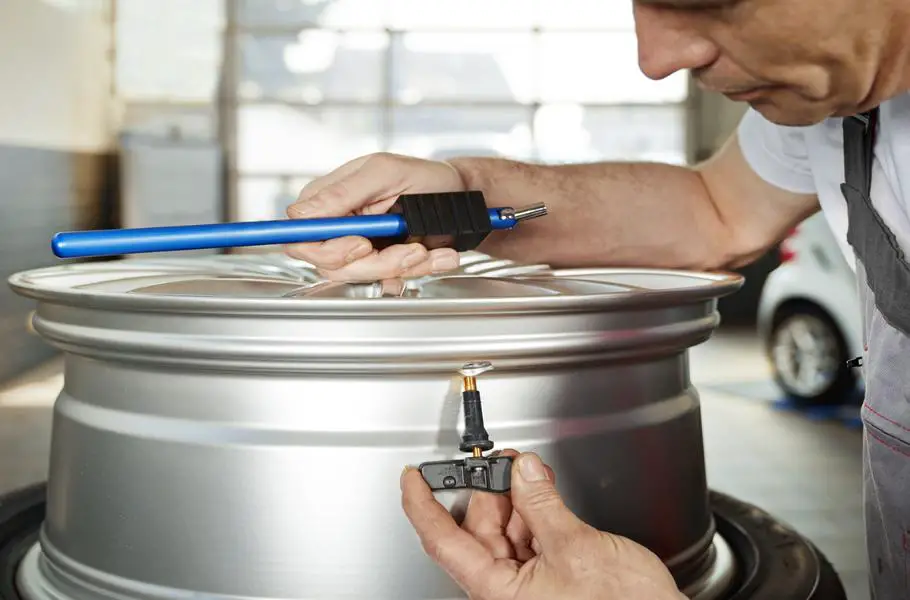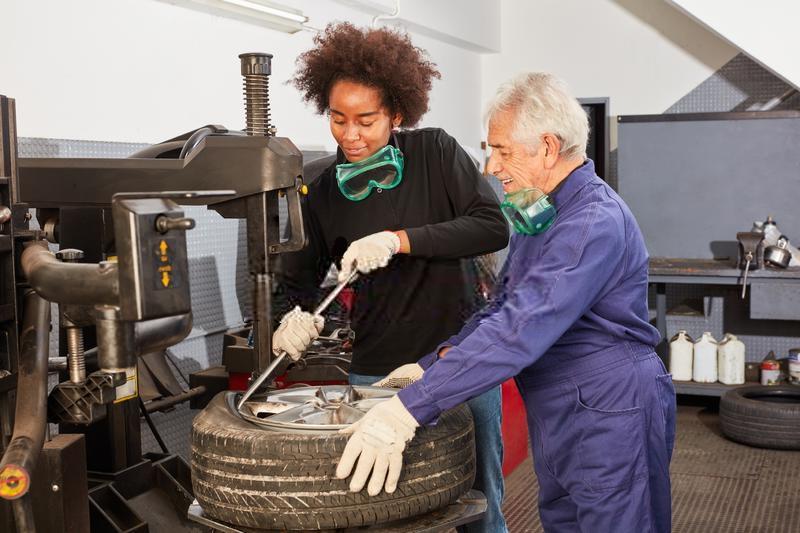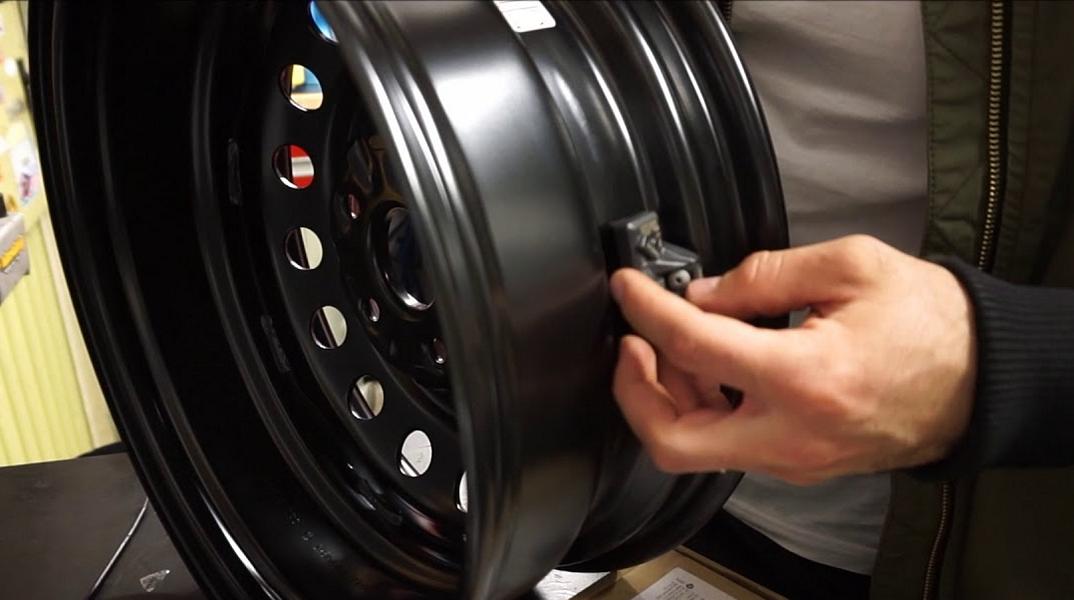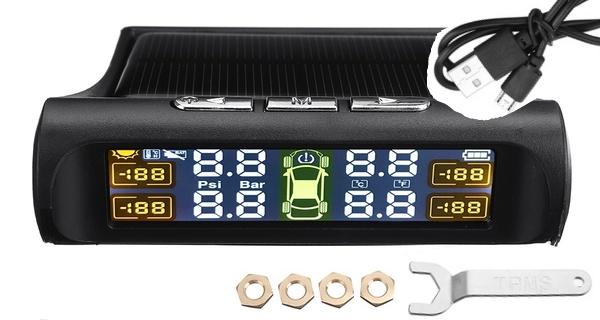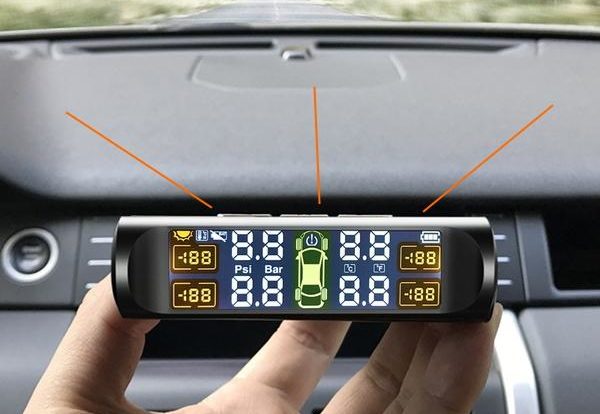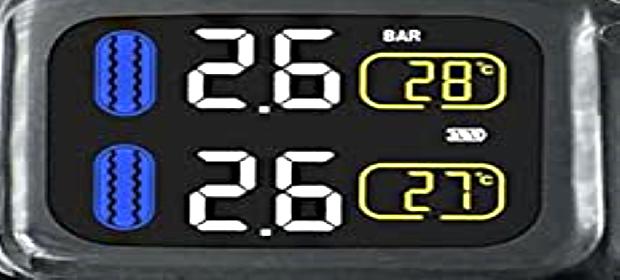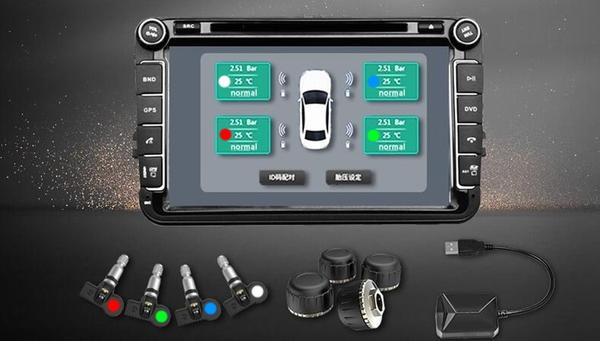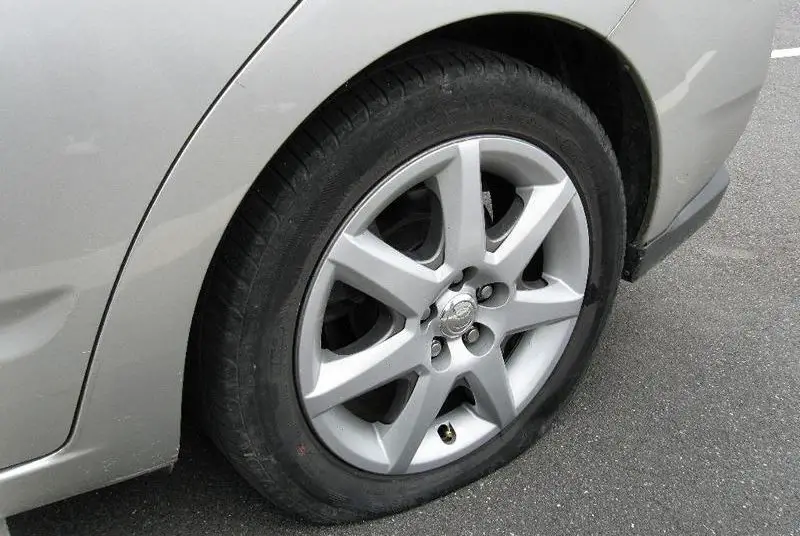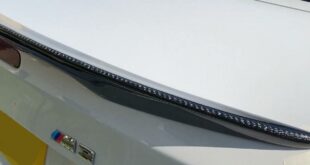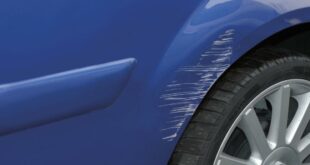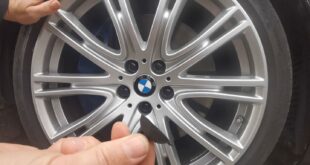With tire service on the vehicle with direct Tire pressure monitoring system (TPMS) have the manufacturer specifications must be complied with. If the tire dealer ignores the specifications that refer to the replacement of parts of the sensor-valve unit refer, he can for later material defects be held liable. If the tires are changed on the vehicle, have also some parts are renewed. It is about the components that are particularly affected by aging and corrosion. A sensor-based tire pressure monitoring system falls into this category of parts. The relevant parts must then be replaced under all circumstances be carried out according to manufacturer specifications. Replacing rubber seals, union nuts, valve inserts and the sealing cap of the TPMS sensors is, in a figurative sense, one thing mandatory. The following text explains why the replacement of the parts is actually mandatory.
TPMS service kit change!
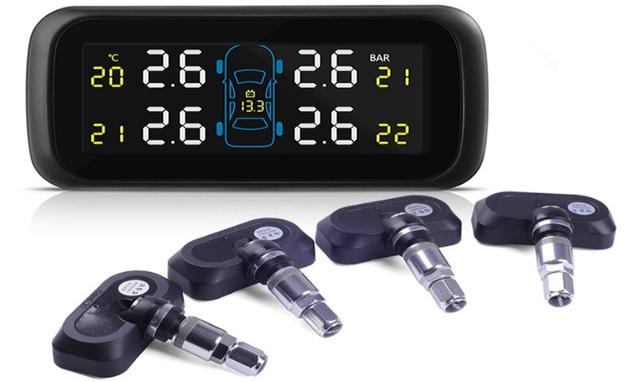
Compared to the conventional valve, the sensor in a TPMS system has a clear higher weight. This permanently presses on the rubber seal of the valve, which leads to premature wear as a result. If it is a so-called snap-in variant, even the entire rubber valve is replaced. And only recommended spare parts should be used in any case. This applies in particular to the valve inserts and their sealing caps. The danger is too great that it would otherwise contact corrosion comes. Contact corrosion renders a valve unusable in a short time. Various providers have this special suitcase sets for the tire dealers in the range, which prove to be very helpful. They contain all the necessary components for tires and rims with a TPMS system. This means that the service can be carried out carefully and professionally. The kits can usually be assigned to the respective vehicle via the vehicle manufacturer, the vehicle model and the year of manufacture. This primarily relieves the tire fitter.
A tire change on vehicles with TPMS is sometimes associated with considerable additional work in terms of working time, the parts required and the costs, but you also get real added value. Because a functioning tire pressure monitor can prevent accidents and ensures lower tire wear and fuel consumption.
Such service kits are normally available for OE sensors from all manufacturers represented on the market. Many providers also emphasize this in their advertising OEM quality their sets. As a rule, there are five service kits per type in such a case. That includes about 100 valve inserts and valve caps. Application lists with manufacturer-specific information have also proven to be helpful. They are therefore often included in the scope of delivery. The TPMS screw valves are usually made of aluminum. And for them there are different ones tightening torques. The tire fitter must therefore ensure that the torque wrench is set correctly. The value is usually between four and eight newton meters (nm). If the manufacturer's specifications for the torques are ignored, this can lead to damage. In addition, to rule out galvanic corrosion, it is important to avoid exceptions nickel-plated valve inserts use.
POSSIBLE CAUSES OF FAILURES:
- Corrosion of the metal parts on the TPMS sensor
- embrittlement of rubber seal
POSSIBLE CONSEQUENCES OF FAILURES:
- Damage / replacement of the complete sensor
- any loss of pressure in the tire
- a possible flat tyre
- the loss of vehicle control
The following note is essential: For safety reasons, tuningblog recommends all repair, inspection and maintenance work exclusively to be carried out in a specialist workshop! Although our information is summarized to the best of our knowledge and belief, we cannot assume any liability for the content. All information is therefore "without guarantee".
Of course, that wasn't the end of it!
In this tuningblog category there are guides and instructions for common defects/repairs on the vehicle and for installing accessories/tuning parts. Our articles explain in a simple way common defects and the corresponding repairs and they also explain how the first signs of a defect become noticeable. In most cases, we also have initial clues to the repair instructions in our repair instructions approximate costs listed. The goal of ourAuto Repair Guide“ is to create a head start in knowledge for the next visit to the workshop with initial tips. This may save you from tedious troubleshooting and you may even be able to do small things yourself. The same applies, of course, to the installation of accessories/tuning parts. Here, too, we would like to help with the implementation with instructions and tips. There are many other posts on this as well. Below is an excerpt of the last and HERE there are all previous instructions.
other related posts
|
Remove spoiler lip, canards & Co. from the vehicle? That's how it's done! |
|
 tuningblog.eu Your magazine about tuning the car
tuningblog.eu Your magazine about tuning the car
